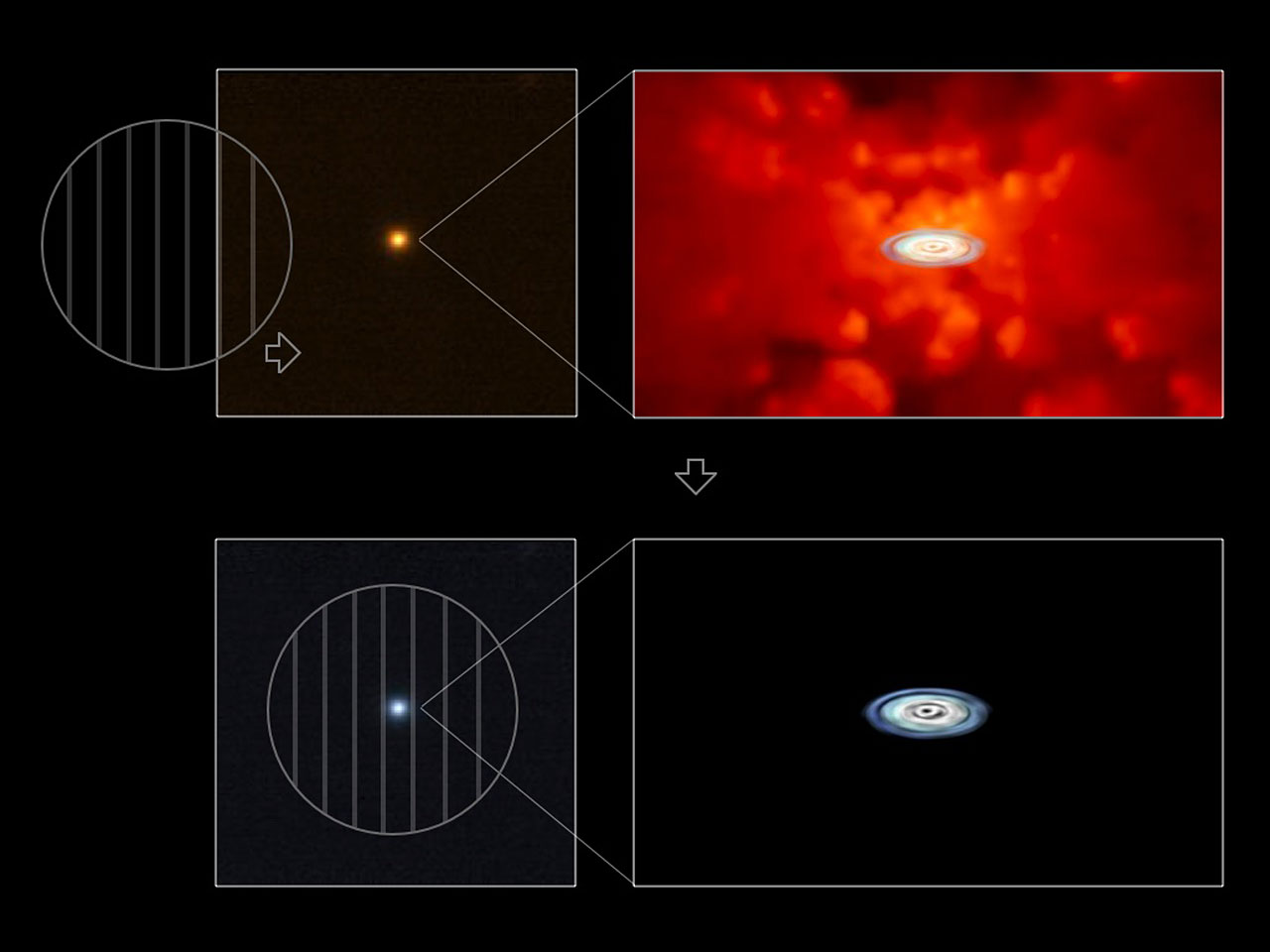
I’m prepping material for my “Universe Update” program at NightLife, and I wanted to talk about how the Mars Curiosity rover (a.k.a. Mars Science Laboratory or MSL) measured its radiation exposure while in transit to the Red Planet. And I came across the hideous diagram pictured above.
Oh, NASA. What what what what what are you thinking when you put together a diagram like this for public consumption?
The title of the bar graph is “Comparison of Some Radiation Exposures to Mars-Trip Level,” and evidently, the designers are trying to convey the sizable quantity of radiation to which a traveler to Mars would be exposed: according to the accompanying press release, “The findings, which are published in the May 31 edition of the journal Science, indicate radiation exposure for human explorers could exceed NASA’s career limit for astronauts if current propulsion systems are used.” But the diagram doesn’t send that message well at all.
For the uninitiated, the x-axis of the diagram above uses a logarithmic scale, so each bold horizontal line corresponds to a factor of ten change in the magnitude of radiation dosage. (To their credit, the authors of the caption describe this in the second paragraph.) Eyeballing the bar chart, the “MSL Six Month Transit to Mars” dosage looks about 100 times the “US Annual Average, All Doses.” But ratio of the areas (which our eye-brain vision system perceives more naturally) is probably closer to 2.33:1. That’s a vast disparity between what we perceive versus the message NASA is intending to send.
(I should note that the press release from the Southwest Research Institute includes links to some nice images and diagrams, but they all relate to the process by which the numbers in the bar graph were derived.)
Compare this diagram to absolutely brilliant xkcd “Radiation Dose Chart” from several months ago. It even uses the same units as the NASA bar chart: millisieverts (mSv). In his diagram, Randall Munroe has created a much more complicated but much more viscerally satisfying visualization of the variation in radiation doses—from “Sleeping next to someone (0.05 mSv)” to “Ten minutes next to the Chernobyl reactor core after explosion and meltdown (50 Sv)”! That corresponds to a factor of about a million, meaning that the Chernobyl accident would give you a million times the dosage of a one-night stand.
If you want to try understanding the NASA data using the xkcd chart, look for “Normal yearly background dose… (~4 mSv)” near the center of the chart, which corresponds to the “US Annual Average, All Doses,” and “Dose causing symptoms of radiation poisoning if received in a short time (400 mSv, but varies)” in the middle right, which is roughly equivalent to “MSL Six Month Transit to Mars” on the NASA bar graph. Now, do you find that the xkcd gives you a better feeling for the ratio? It’s not trivial to compare those two numbers, but the area-based approach still works better than the NASA image—and it could have easily been adapted to depict the Mars radiation data in an easily-understood manner.
Next time, NASA designers should take a close look at Noah Iliinsky’s “Properties and Best Uses of Visual Encodings” chart and think about how the visual elements they choose underscore—or undermine—the message they’re trying to send. (More on Noah’s spiffy chart in my next post.)









